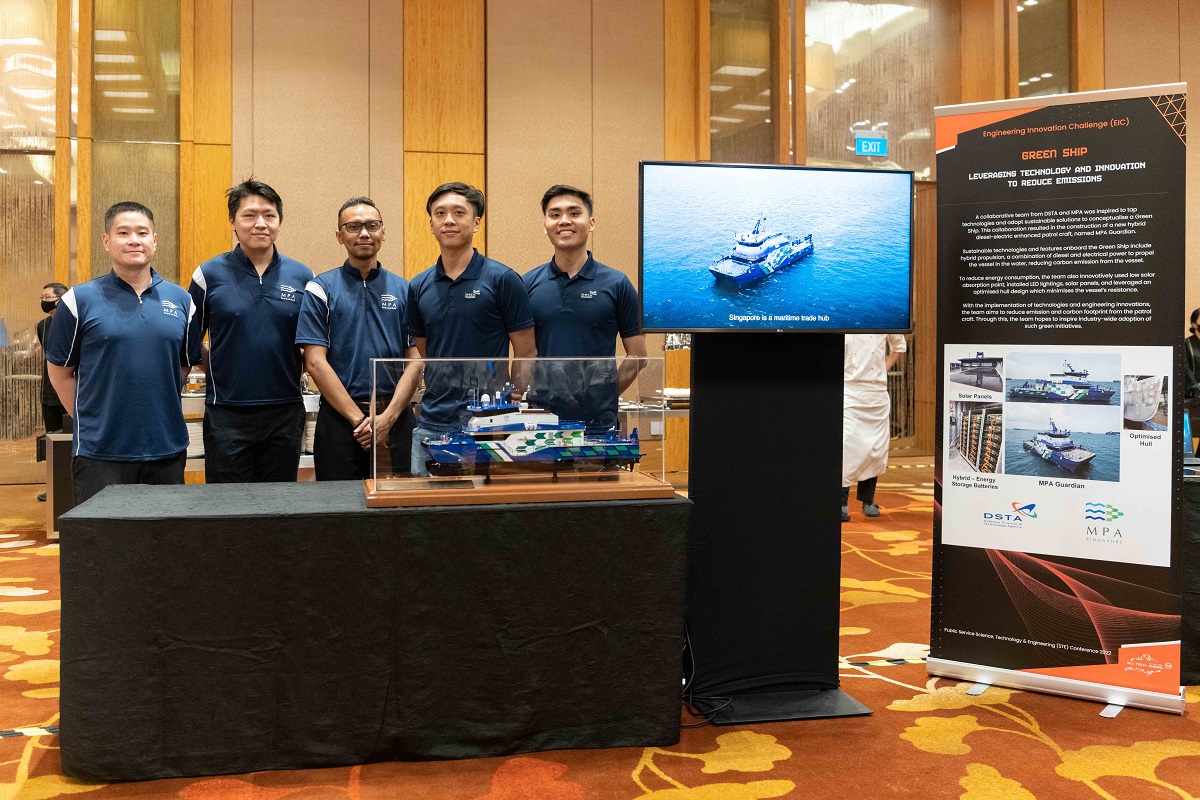05 Sep 2022
Ideas and innovations were aplenty when our technologists shared their expertise at the recent Public Service Science, Technology and Engineering Conference.
Held on 2 September 2022, the conference was a gathering of bright minds with the shared aim of harnessing science, technology and engineering to build Singapore’s future.
In his opening speech, Guest of Honour and Minister-in-charge of the Public Service and Minister for Education Mr Chan Chun Sing said: “We have always believed that the potential of our country will be determined by the imagination and ingenuity of our people and the tenacity in us to apply science and technology in all aspects of our lives, in order to increase the capabilities and capacity of Singapore.”
In particular, he highlighted how the Command, Control and Communications (C3) systems designed by DSTA enable “our various agencies to conduct operations in a coordinated and seamless manner”.
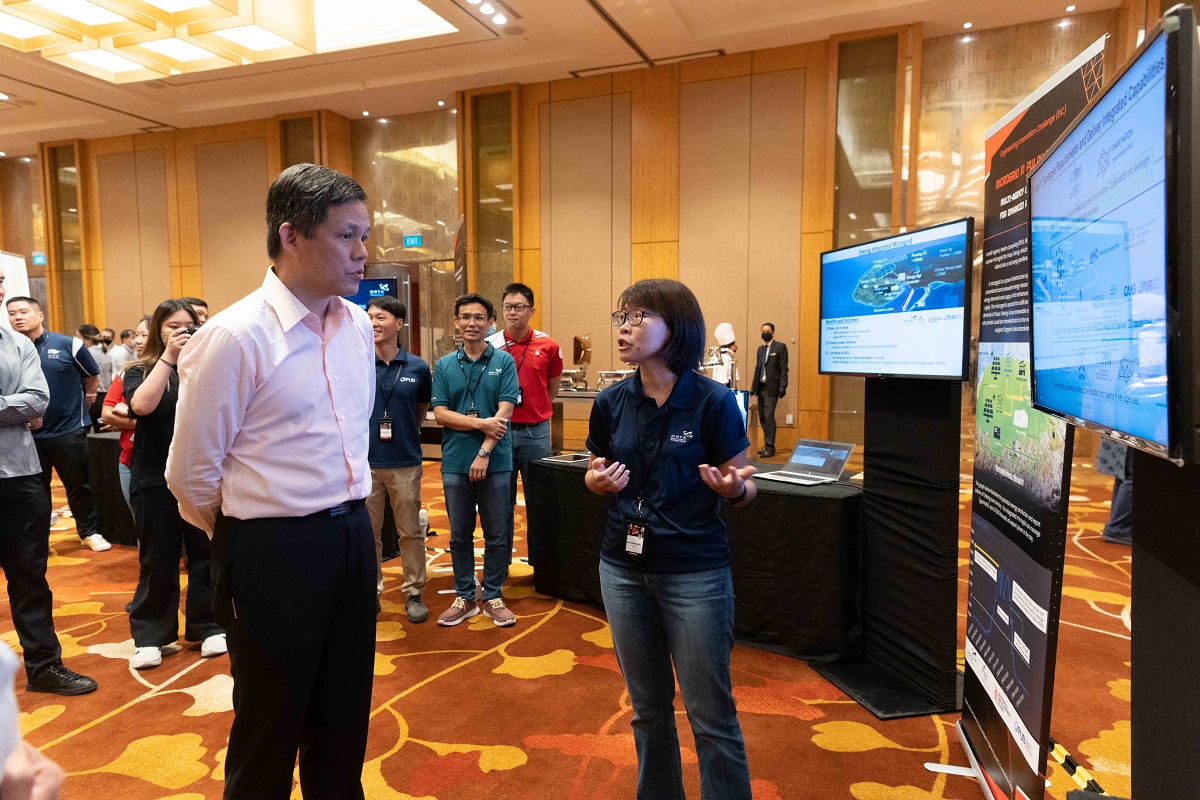
DSTA’s recognition as the Centre of Excellence (CentEx) for C3 motivated us to share more about our work in the domain. By aggregating key capabilities and building deep engineering expertise in the domain across the Public Service, our C3 systems help to fuse data from multiple sources for enhanced situational awareness. This helps agencies plan, make decisions, and allocate tasks and resources effectively in time-critical operations.
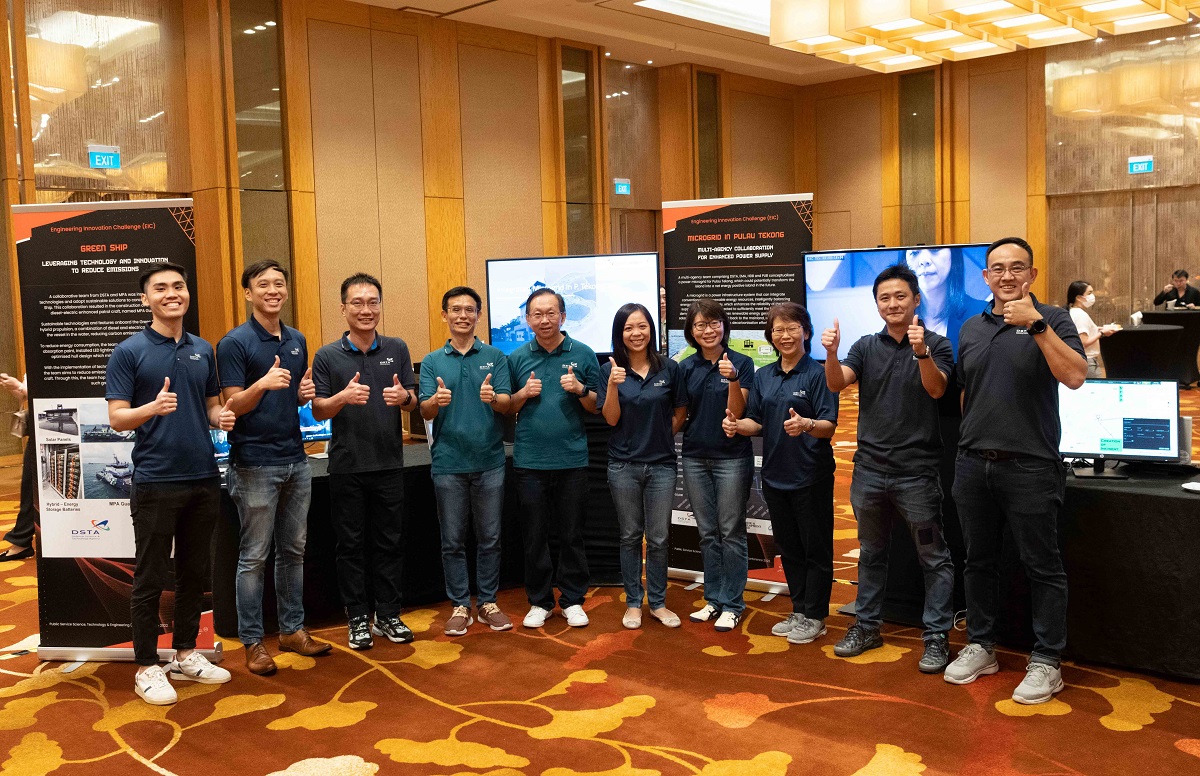
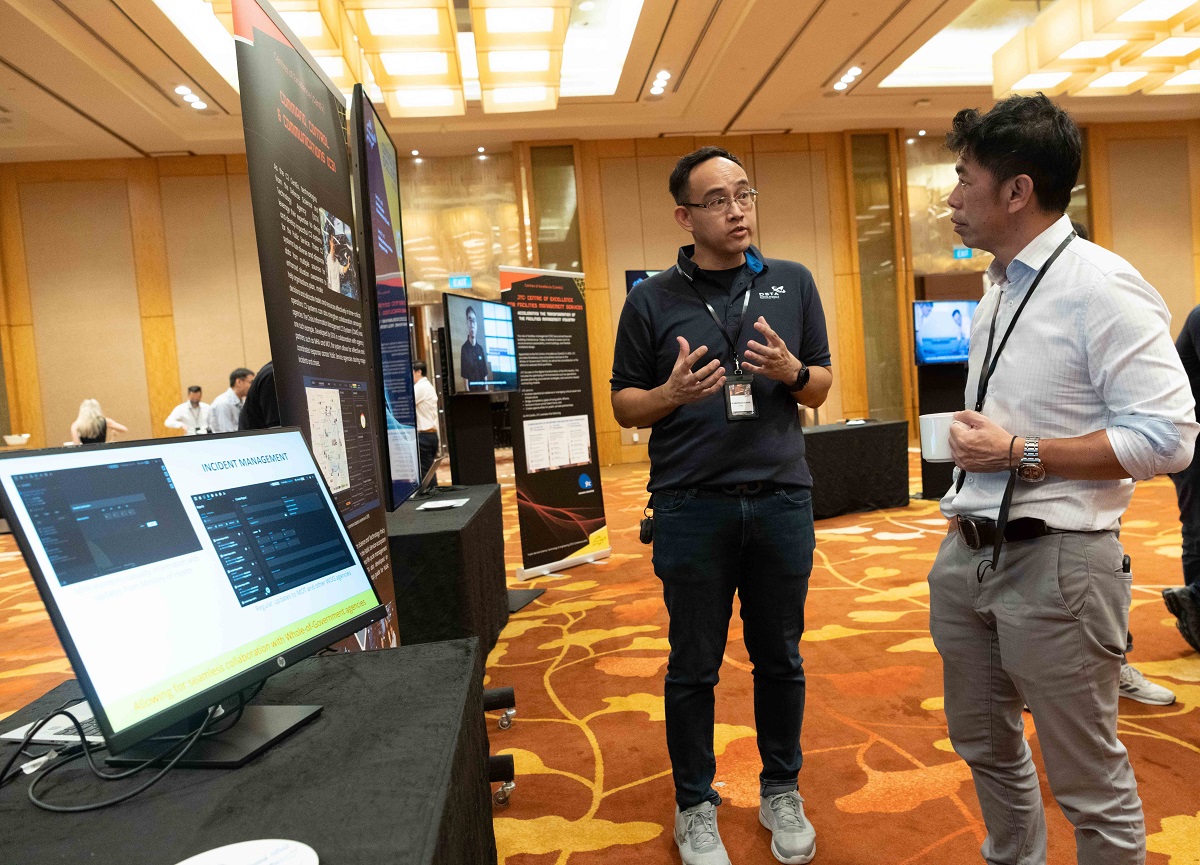
The Crisis Information Management System (CIMS) is one such example. Developed in collaboration with the Ministry of Home Affairs and the Ministry of Transport, the CIMS is a C3 system that enables effective and coordinated response during major incidents and crises by allowing relevant agencies to share data to form a common situation picture.
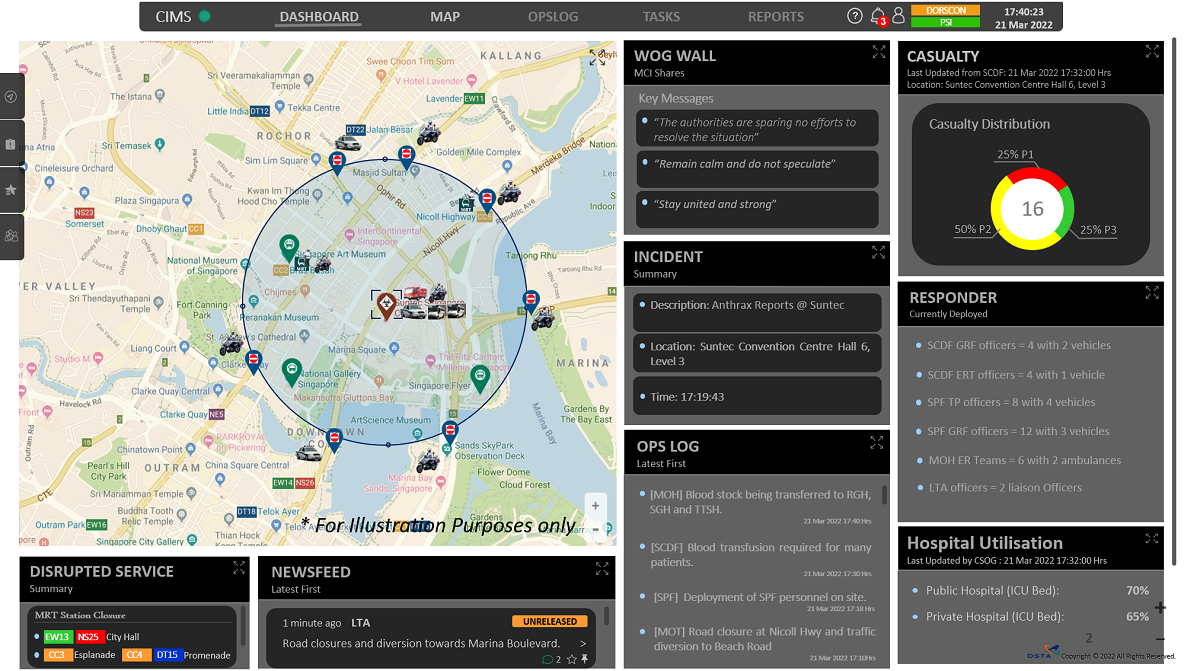
“When developing C3 systems, strong ops-tech integration is key as it provides a deeper understanding of the requirements. It is through this integration and close collaboration with our partners that allow us to design seamless data exchange,” said Principal Systems Architect (Systems Engineering and C3 Centre) Fannie Lim.
The team also took the opportunity to launch the first edition of the C3 Implementation Primer at the conference. Meant to be a one-stop guide for Public Service officers to learn how to become smart buyers of C3 systems, the primer highlights key considerations when acquiring, implementing and integrating C3 systems.
“We’re delighted to be able to share our experiences in C3 implementation with other Public Service officers. There is a great sense of accomplishment in contributing and sharing more about technologies that can deliver impactful solutions for our nation,” Fannie added.
Powering up sustainably
Two other teams were among those nominated for the Engineering Innovation Challenge (EIC), which aimed to encourage the development of innovative engineering solutions to build a more sustainable and resilient Singapore.
One of the teams collaborated with the Energy Market Authority, the Housing and Development Board, and the Public Utilities Board to conceptualise a power microgrid for Pulau Tekong to meet rising electricity demands. By integrating conventional and renewable energy resources, as well as other clean energy technologies, the microgrid could potentially transform the island into one that is net energy positive in the future.
Using a testbed sited at Kranji, the team conducted extensive design feasibility studies, which has since been successful in supporting the facility with continuous renewable power using a lithium-ion battery system powered by a solar farm. The insights and findings gained from this project could help with the planning of battery-enabled microgrids for future towns, and paving the way for a greener future.
“One of my biggest takeaways from this experience would be the importance of good communication. At the planning stages, the inputs and team spirit from all four agencies were extremely useful in moving the project forward to meet our common goal of achieving power resiliency,” said Deputy Head (Energy and Power) Tan Hang Kiang.
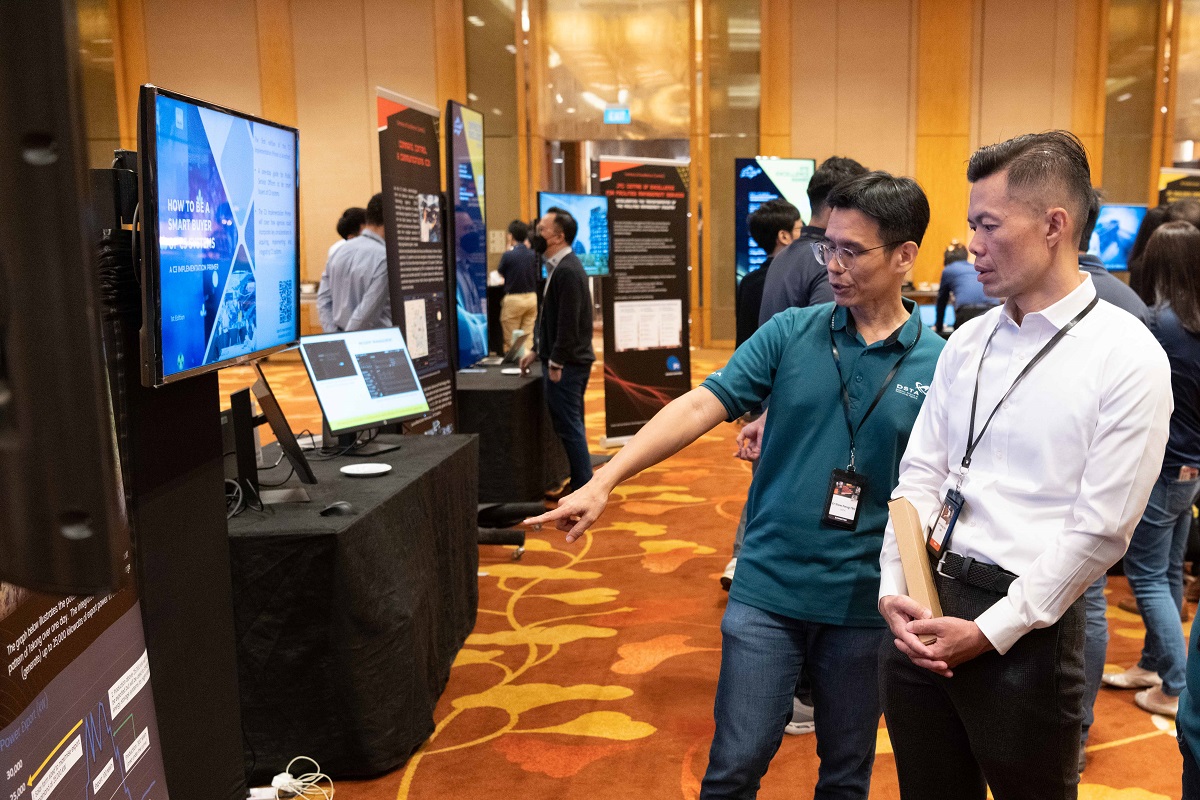
A greener way of sailing
To help support a sustainable earth, international maritime transport is also reducing its carbon emissions and adapting to the impact of climate change.
As Singapore gears towards greener ships, a multi-agency team comprising members from DSTA and the Maritime and Port Authority of Singapore (MPA) came together to conceptualise one. Working closely together, the team built the MPA Guardian, a hybrid diesel-electric enhanced patrol craft that contains a variety of sustainable technologies and features onboard. These include hybrid propulsion – which uses a combination of diesel and electrical power to propel the vessel in the water – and an optimised hull design to minimise water resistance, as well as low solar absorption paint, LED lightings, and solar panels.
The team also introduced automation onboard to reduce manpower requirements and augment crew performance. For instance, the ship’s optimised bridge console layout reduces ship manning, which in turn reduces the energy resources required to support human activities onboard.
“The strong relationship between MPA and DSTA was crucial in determining the best design for the green ship. Through various feedback sessions, we were able to identify new possibilities and that allowed us to design the best ship we could,” said Programme Manager (Naval Systems) Tong Chang Yi.
